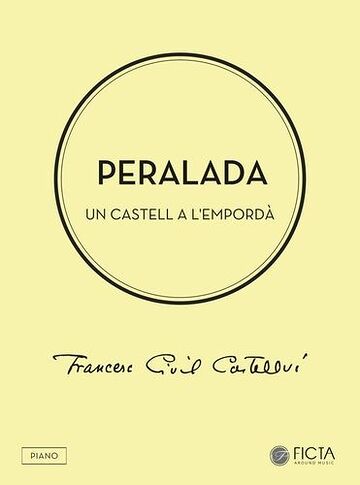- Libro
Digital

Peralada
USD $ 17,85
-
FormatoEbook
-
EstadoNuevo
-
Isbn9790805434780
-
Peso908.9 KB
-
Número de páginas53
-
IdiomaInglés
-
ReferenciaBKW44773
